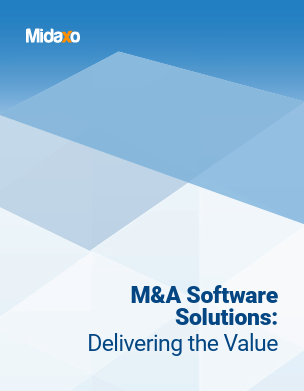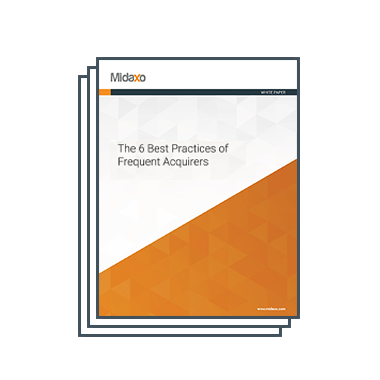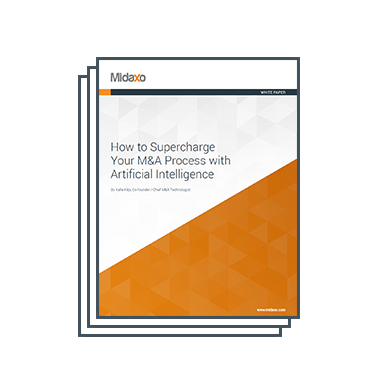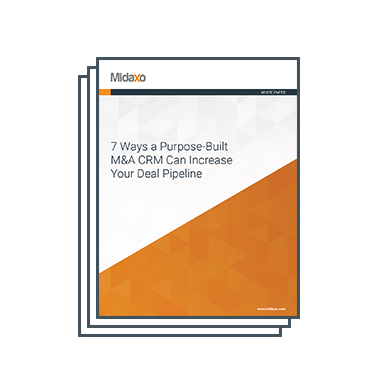When corporate development teams evaluate the cost of a deal, they often focus on what’s clearly measurable—like advisory fees, legal spend, and integration budgets. But beneath the surface of these transactions lies a set of hidden costs that can quietly erode deal value: the cost of inefficiency.
From disconnected tools to chaotic handoffs and lost institutional knowledge, inefficient M&A workflows quietly drain time, money, and strategic momentum—undermining even the most promising deals. Below, we unpack the hidden costs that are holding teams back, and how real M&A teams are tackling them.
1. Time drain = opportunity cost & delayed synergies.
Every minute your team spends chasing down documents, updating spreadsheets, or clarifying deal status is time not spent building relationships, refining strategy, integrating operations or moving the next deal forward.
Speed and confidence are competitive advantages in M&A. Yet without a centralized, purpose-built system, Corp Dev teams often waste weeks aligning stakeholders and updating static files—leaving room for delay, error, and missed opportunity.
A practical example: before centralizing their process, Allstar Services Group was managing their M&A pipeline in Excel and email—relying on manual updates and static PDF reports. This led to a lack of real-time visibility and wasted valuable hours each week syncing across departments. With multiple deals in flight at the time, the inefficiencies weren’t just a nuisance—they were a growth blocker.
Bottom line: Time lost to inefficient tools adds up fast—and can cost you more than just hours. It can cost you deals.
Read the Allstar Services Group story →

2. Siloed communication leads to costly missteps.
When diligence checklists, risk assessments, and integration plans live in different tools—or worse, in someone’s inbox—miscommunication becomes inevitable. Critical findings get missed. Teams duplicate efforts. Decision-makers operate with outdated or incomplete information.
These small errors compound quickly, increasing risk exposure and jeopardizing outcomes. Healthcare management company, CareAbout Health, experienced this challenge in the early stages of their rapid growth. When target companies are all at different stages of maturity, careful evaluation and process control are paramount. Without a centralized hub to manage and communicate deal progress, the risk of oversight and slow internal alignment creates room for errors and inconsistent outcomes.
The hidden cost? Friction and delay when alignment matters most. Miscommunication that leads to duplicated effort, integration headaches, and post-close surprises.
Explore how CareAbout Health built scalable, repeatable M&A success →
3. Manual processes make scaling harder.
Early M&A efforts can get by with email and spreadsheets—but as deal volume grows, those tools become bottlenecks. Without a scalable system, deal teams are left constantly reinventing the wheel, and leadership can lose visibility into the overall health of the pipeline.
Lack of automation means Corp Dev leaders can’t get real-time visibility into the full deal pipeline—or confidently compare deal performance over time. Many forward-thinking companies like Allstar see this clearly. As their acquisition strategy expands, their existing tools can’t scale to match the volume and complexity of deals. They need a solution that allows them to track progress, assign tasks, and analyze pipeline data across dozens of active opportunities.
Translation: If you can’t scale your process, you can’t scale your growth.
4. Inconsistent processes = unreliable outcomes.
When every deal is run differently, you can’t learn, improve, or repeat success. And when experienced team members leave, critical knowledge disappears with them.
Without standardized workflows and documentation, future deals suffer from the same inefficiencies—and the organization never matures.
Efficiency isn’t just about speed—it’s about building a repeatable, scalable M&A machine.
See the Midaxo platform in action →
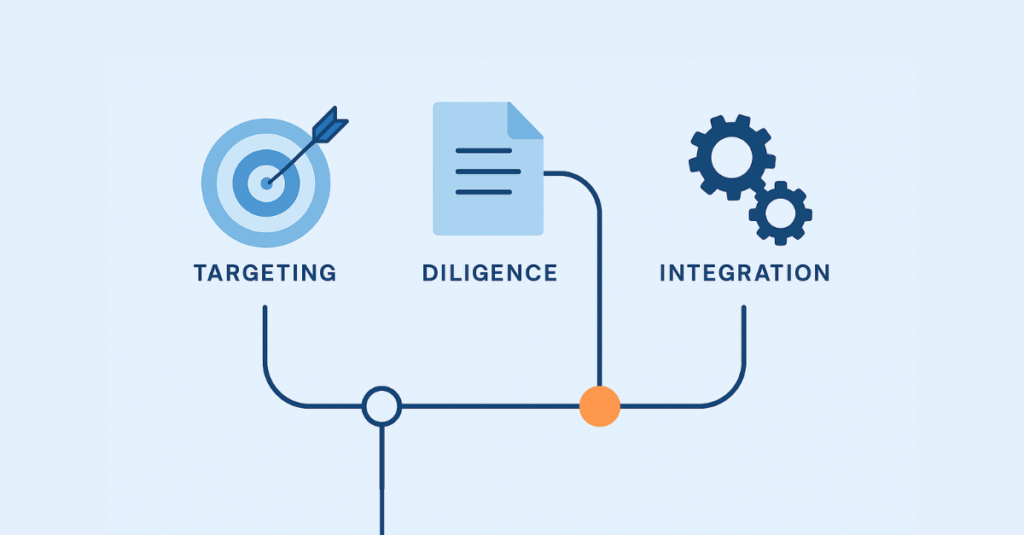
What a modern M&A workflow looks like.
Avoid the hidden costs of inefficient M&A workflows. Forward-looking M&A teams are embracing centralized platforms that:
- Centralize all deal data and documentation for real-time collaboration
- Standardize workflows across sourcing, diligence, integration, and post-close processes
- Automate manual steps to reduce errors and save time
- Provide in-app reporting and dashboards for executive visibility
Get faster, more confident deal execution at scale—and more value delivered post-close.
Want to learn how others made the shift?
Explore how top-performing deal teams are transforming their M&A processes and getting better results:
Read how Allstar Services Group transformed their pipeline management →
See how CareAbout Health scaled smarter with a centralized M&A platform →
Or dive deeper with our on-demand Live Q&A—The Future of M&A is Process Excellence—to avoid the hidden costs of inefficient M&A workflows yourself.

